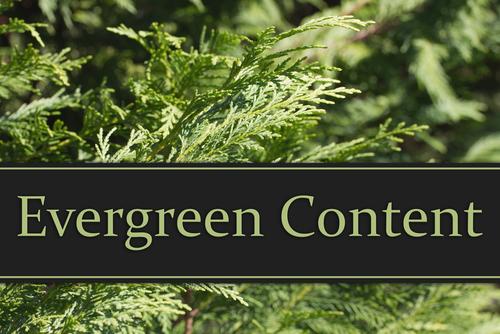Topical vs Evergreen Content: When, Where, and Why
Posted in Content Marketing By Curata Marketing On November 3, 2016

Managing a content marketing strategy is a balancing act in many ways, whether you’re balancing time, the moving parts of a content engine, or a consistent content tempo. Curata advocates for a content strategy that balances curated content alongside your original content, but what should the nature of your original content look like? Let’s examine evergreen versus topical content.
Topical content addresses developing news, events, or trends, and is often advanced to readers unfamiliar with your subject matter. Such content may deliver strong short term results, but declines in relevance over time, and therefore does not deliver sustainable results.
Evergreen content is unreliant on breaking news or fads. It often provides actionable tips that can be applied immediately; it is not time sensitive, and/or it can be easily updated to extend its life. Examples of this content are walkthroughs and “how to” guides.
Ultimately, evergreen content stretches your dollar further than topical content. It is more challenging to repurpose a Valentine’s Day themed blog post than an “Ultimate Guide: Content Marketing Tools List.” However, that’s not to say there’s no place for topical content in your strategy. Amanda Chiu of Atomic Blog offers the following advice:
“As a content marketer, you need to decide on the right balance between seasonal and evergreen content for your audience. However, you should always focus on making your seasonal content pieces useful. Don’t forget to create contextual links from your evergreen content pieces to your seasonal content in order to help search engines better index them.”
A terrific time to leverage topical content is heading into an event. It creates buzz heading into a high-traffic time where you want your name to stick out. Current examples could include the 2016 Election, the revival of Pokemon, or Google shutting down Google Compare.
For a great example of evergreen content that discusses evergreen vs. topical content, check out Amanda’s original article below.







